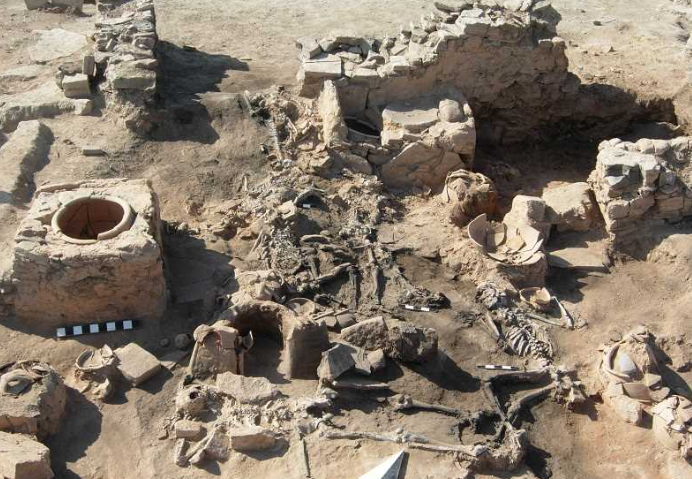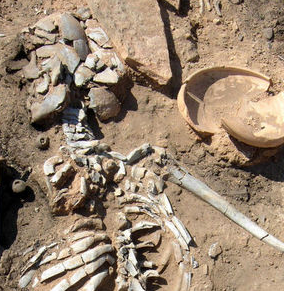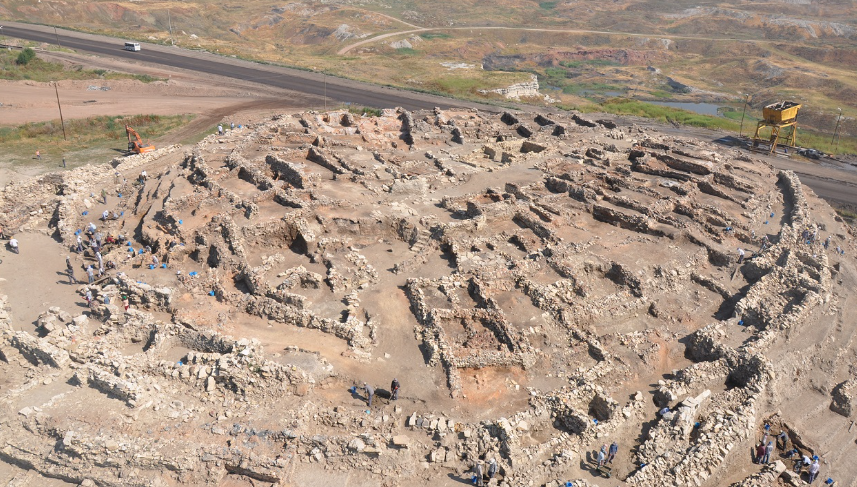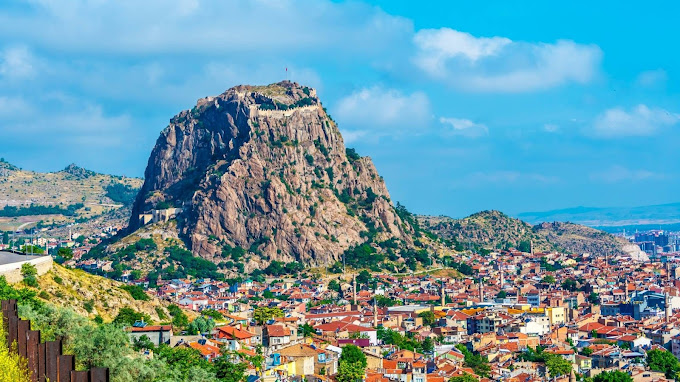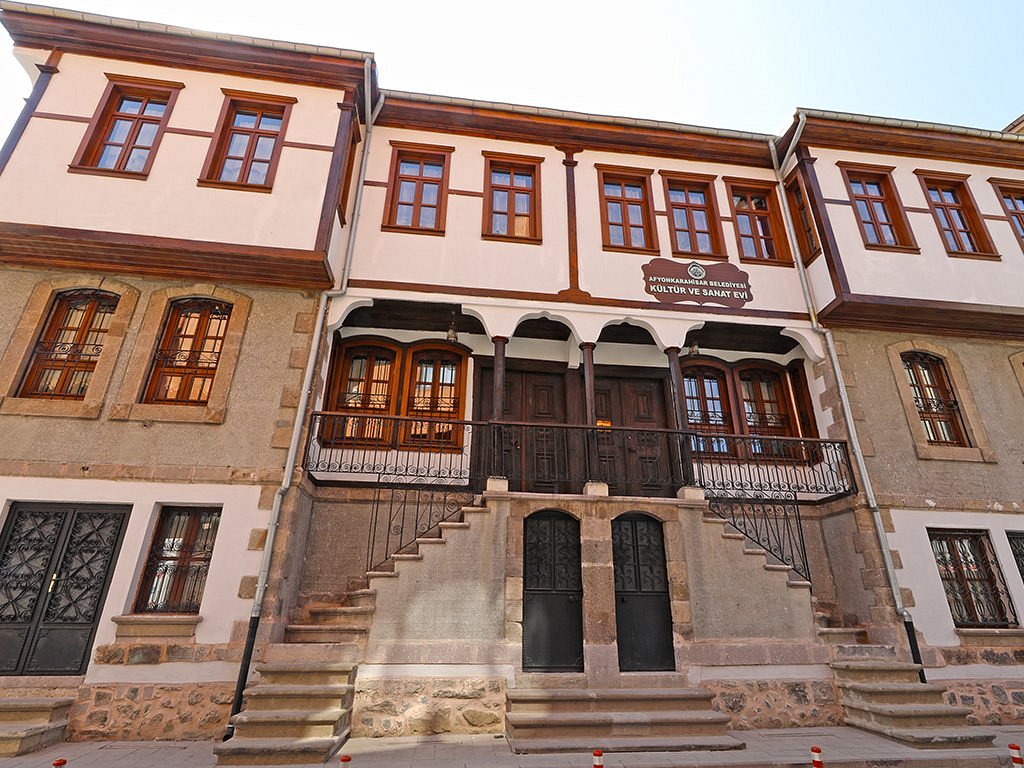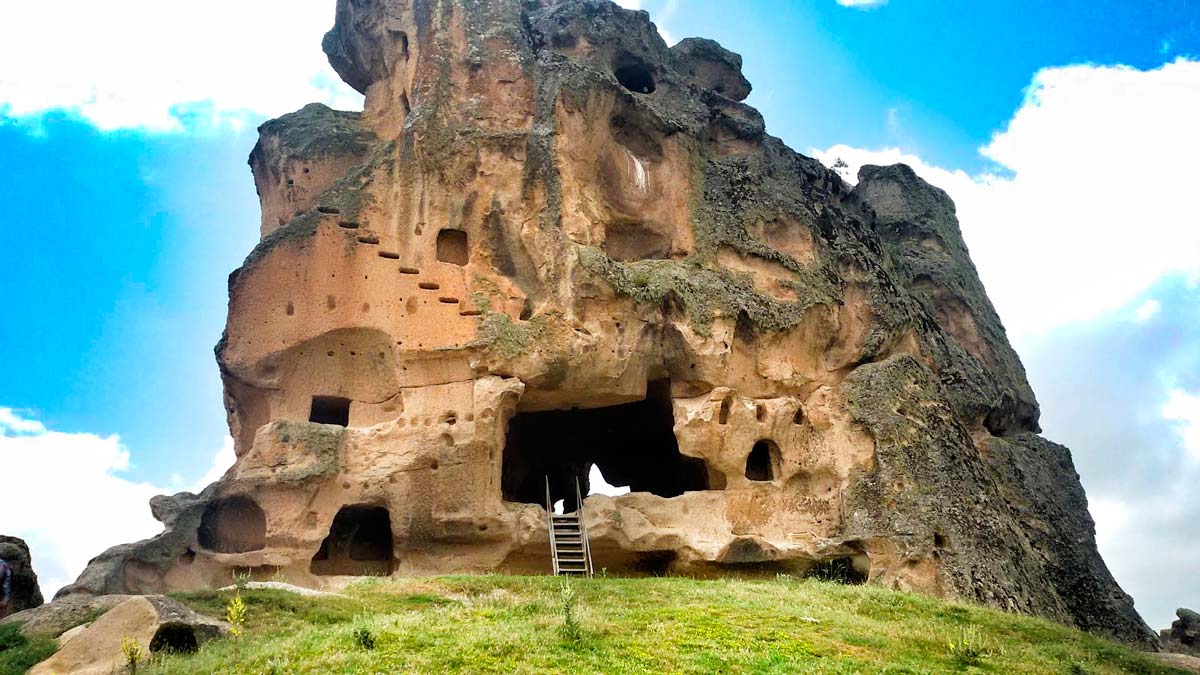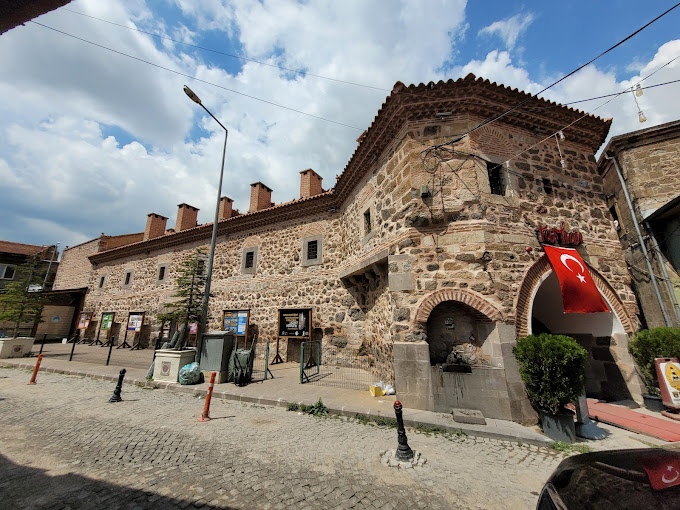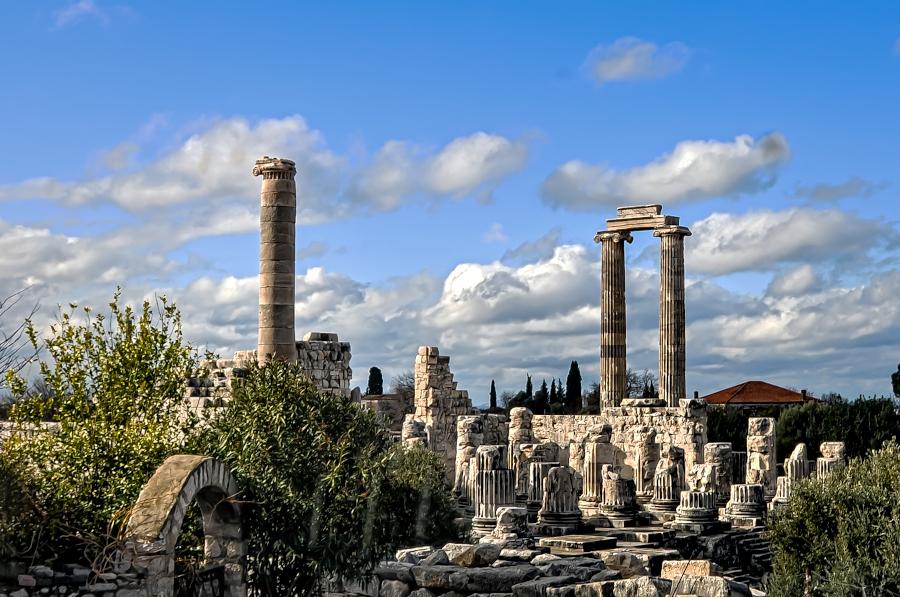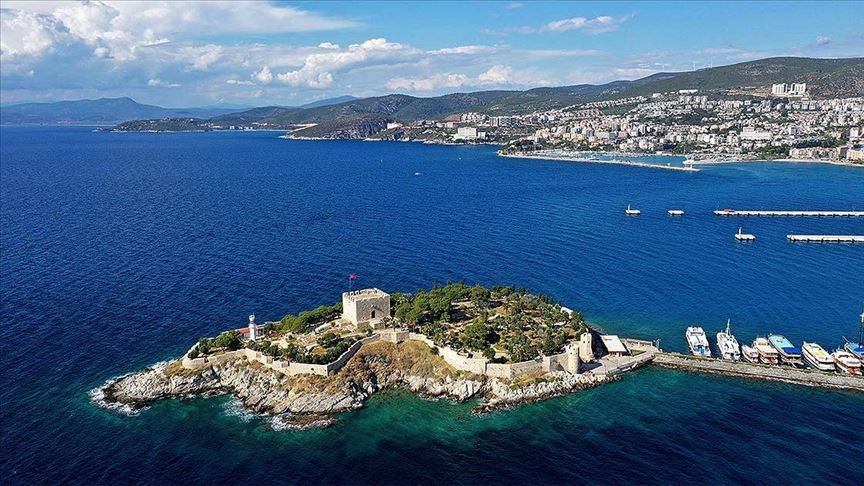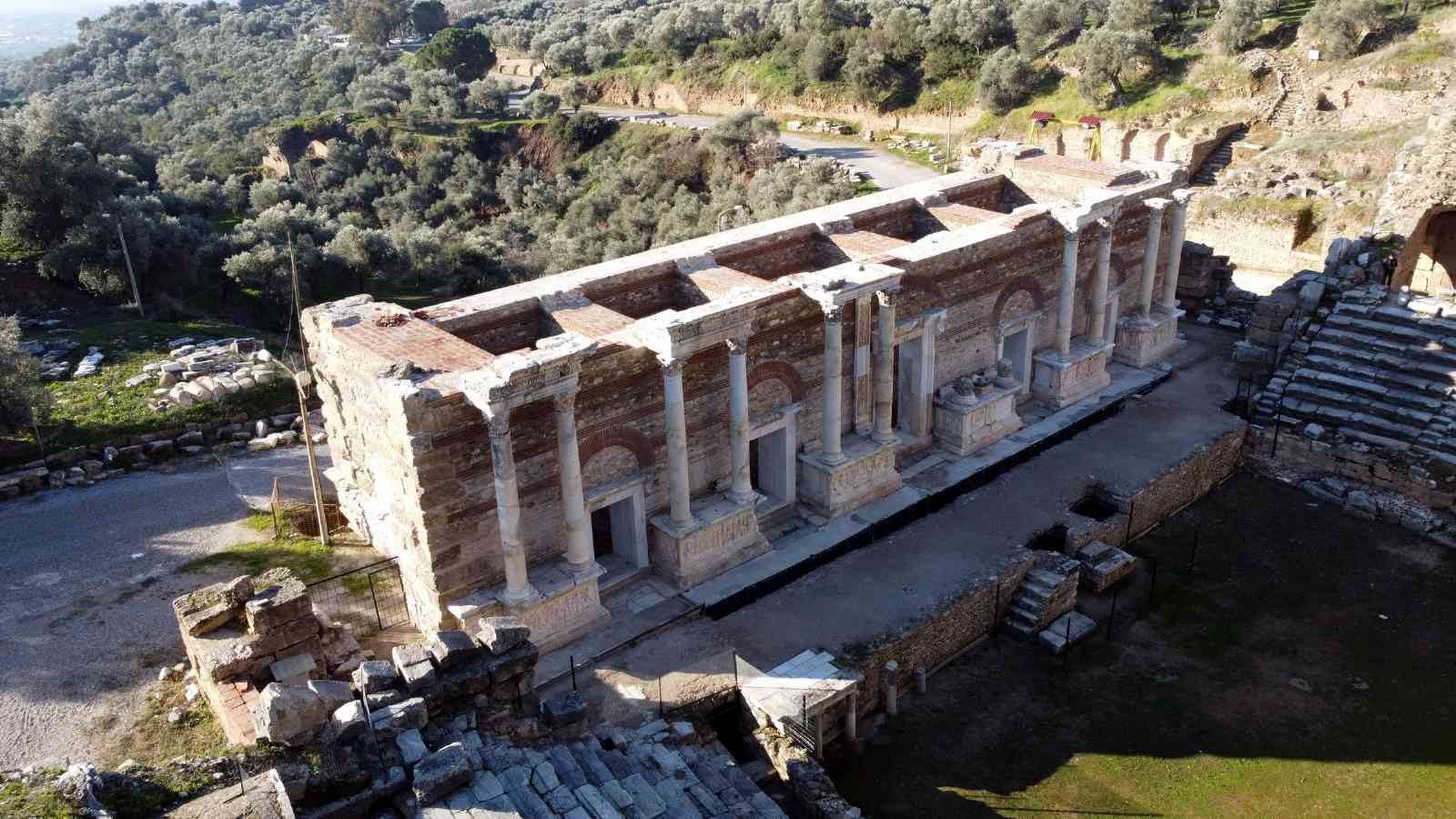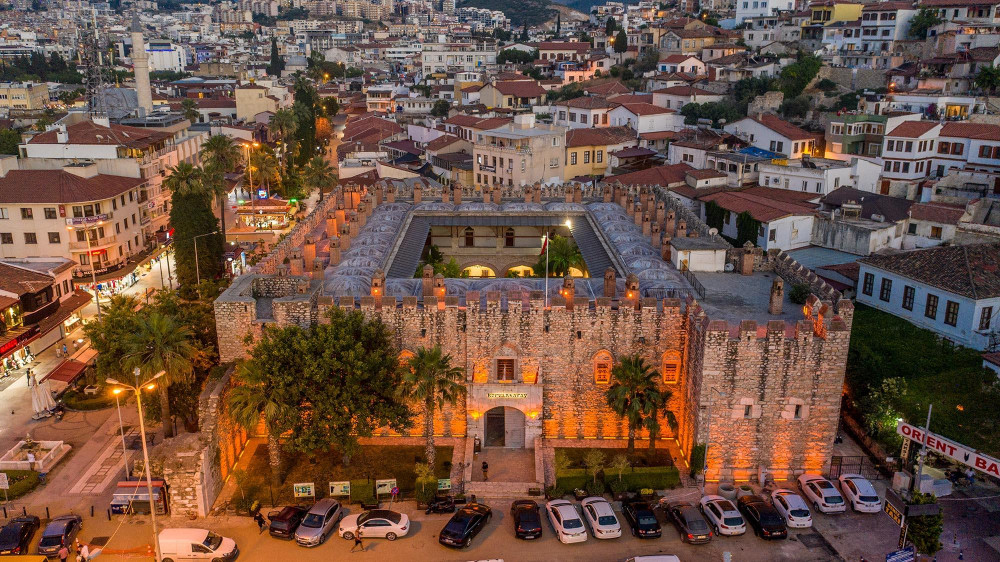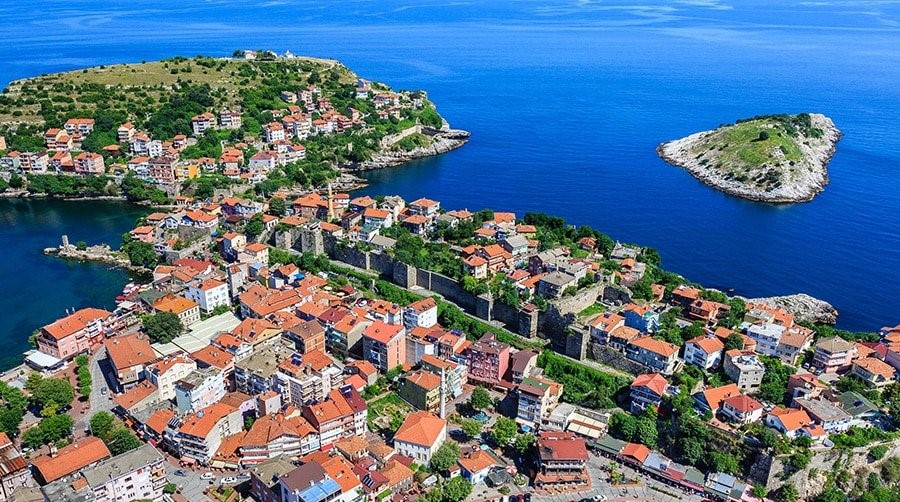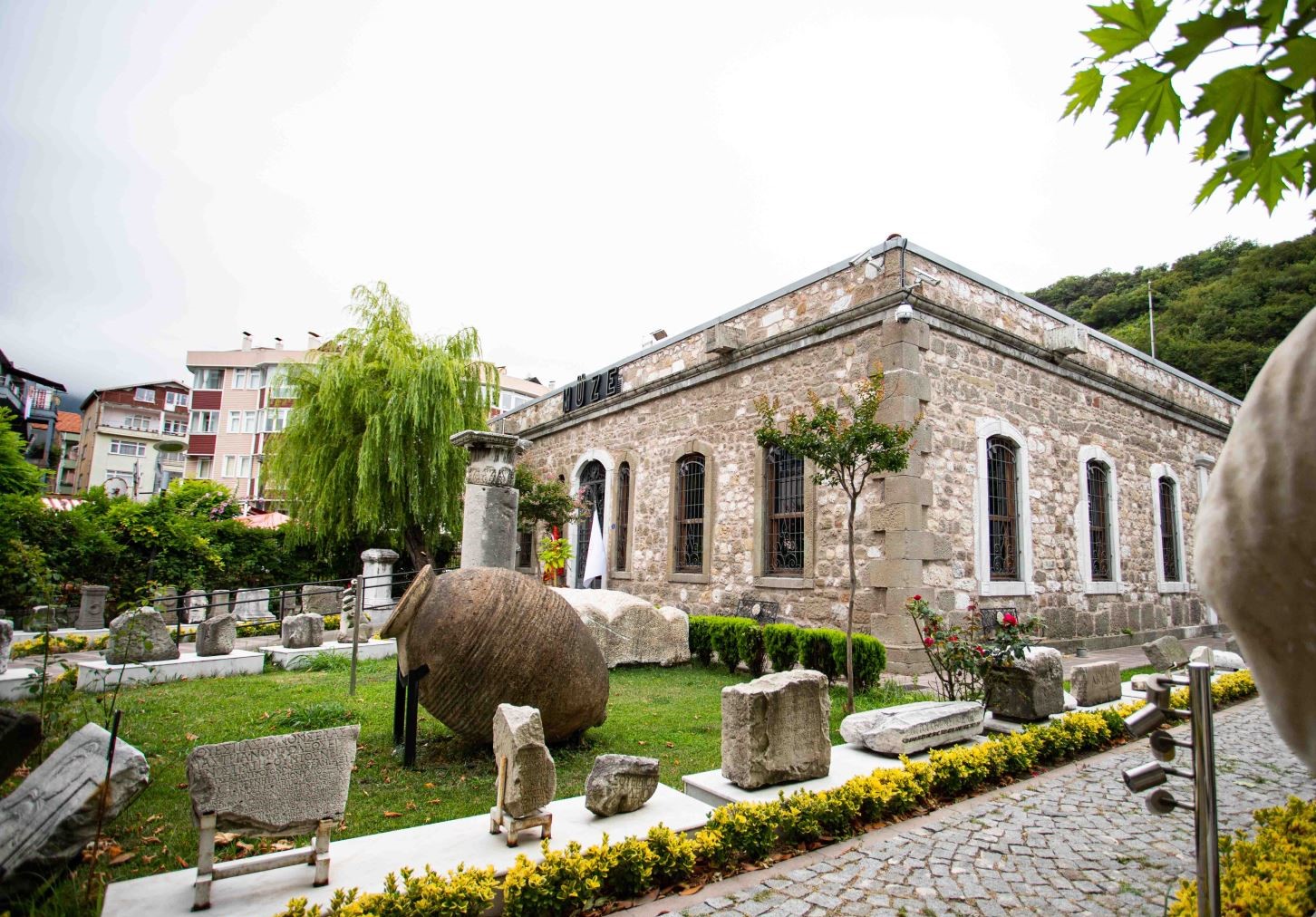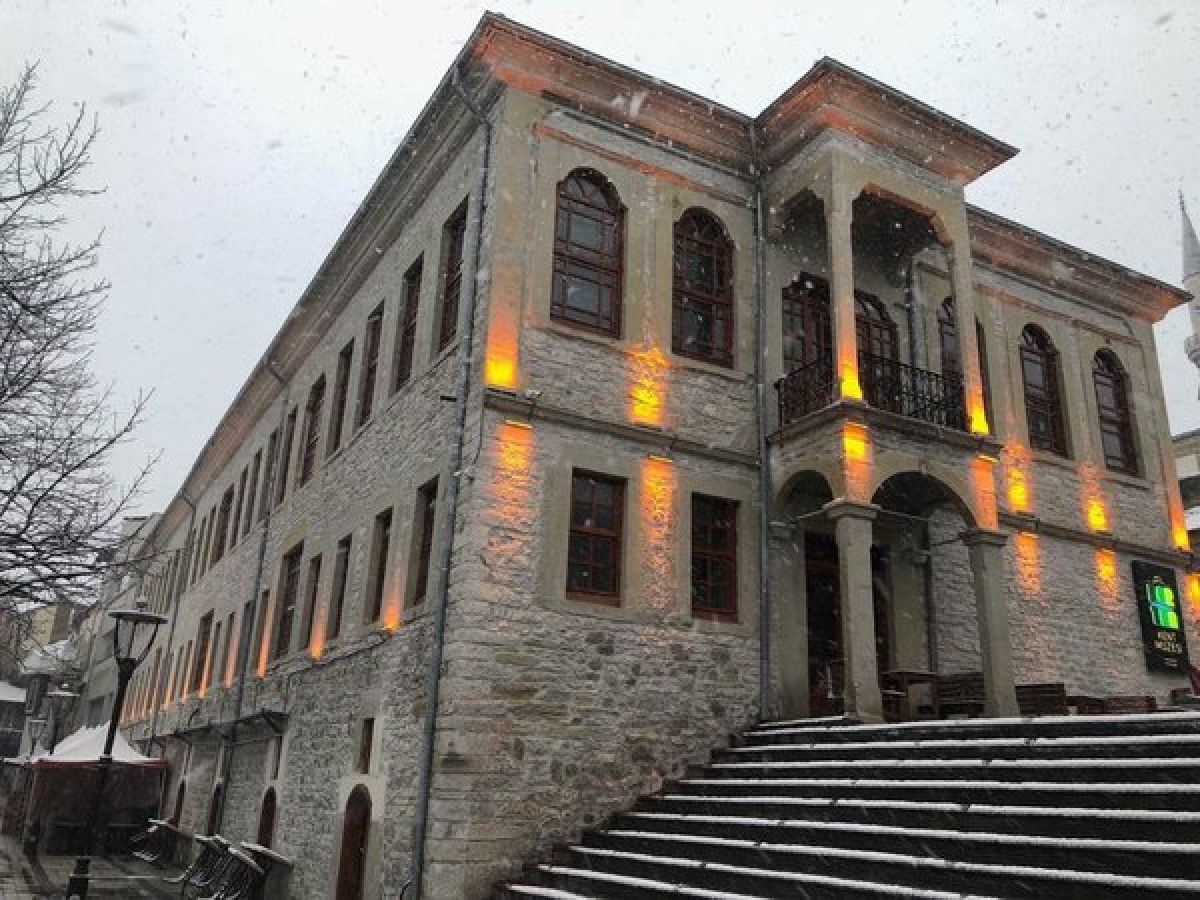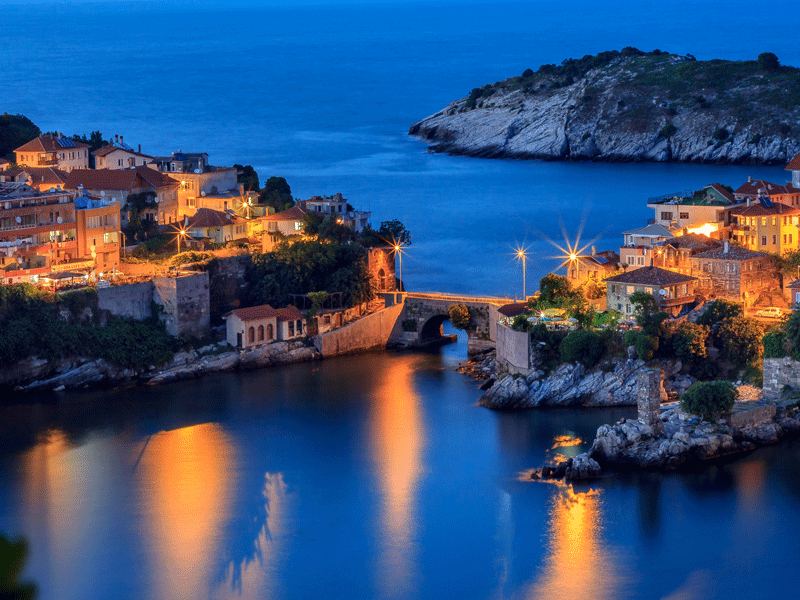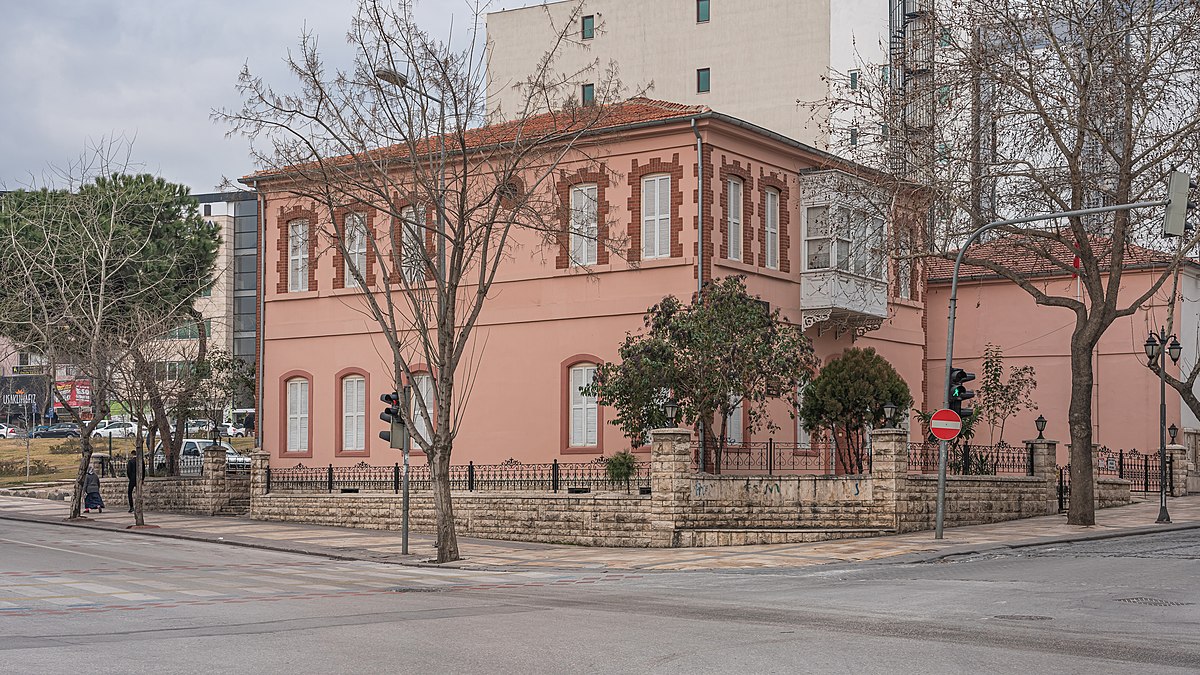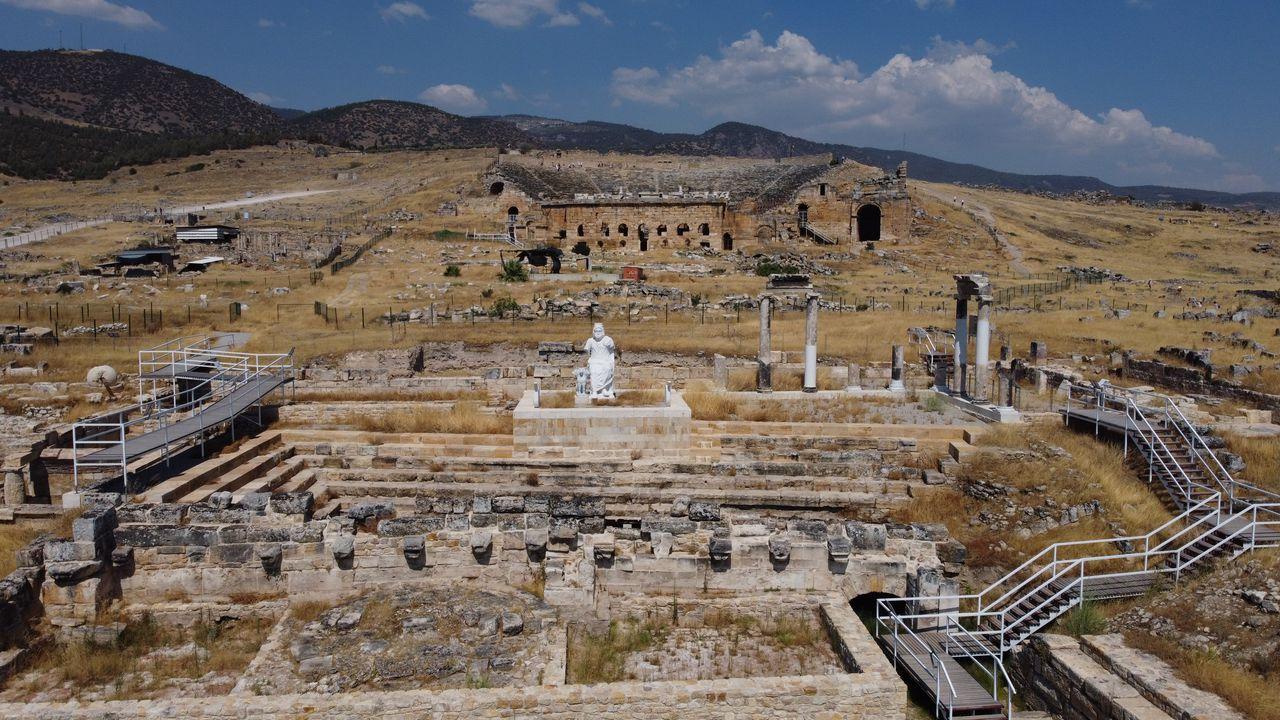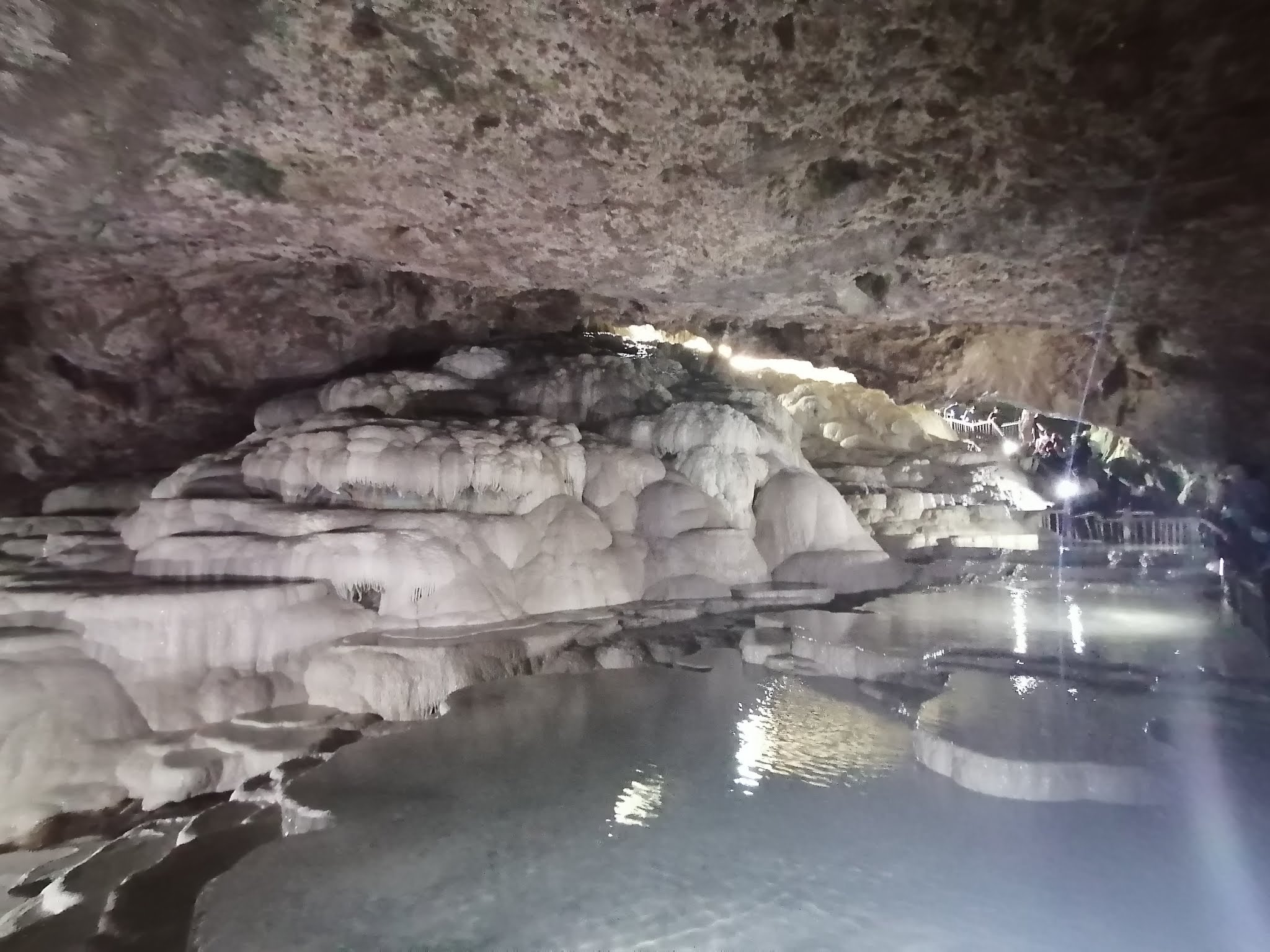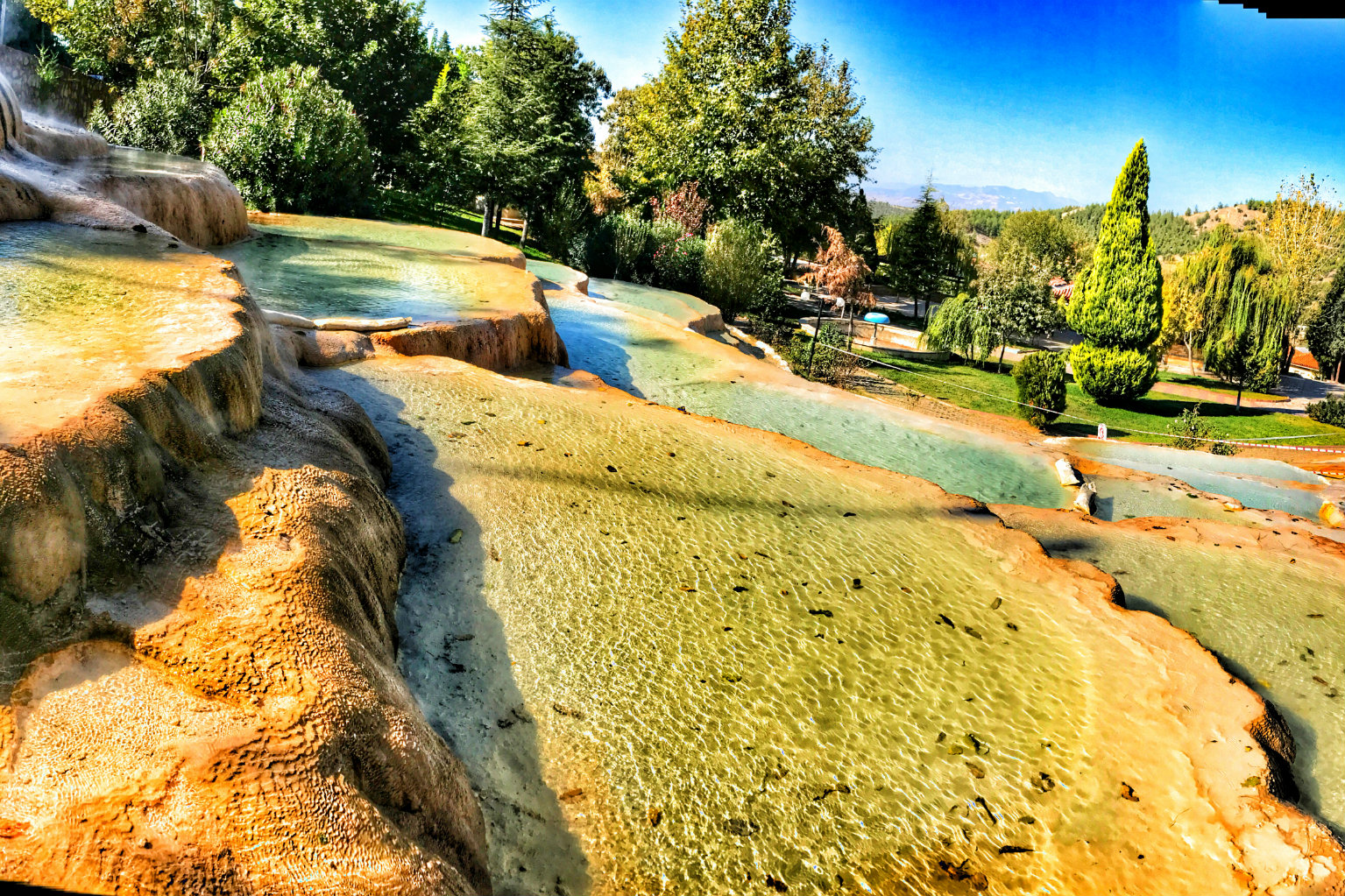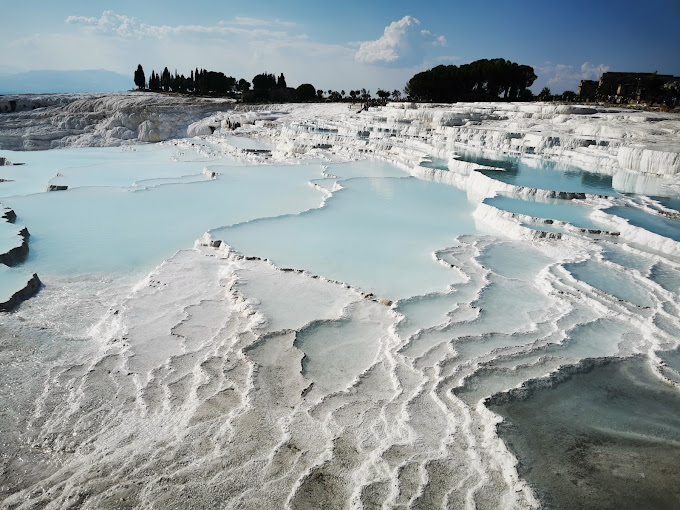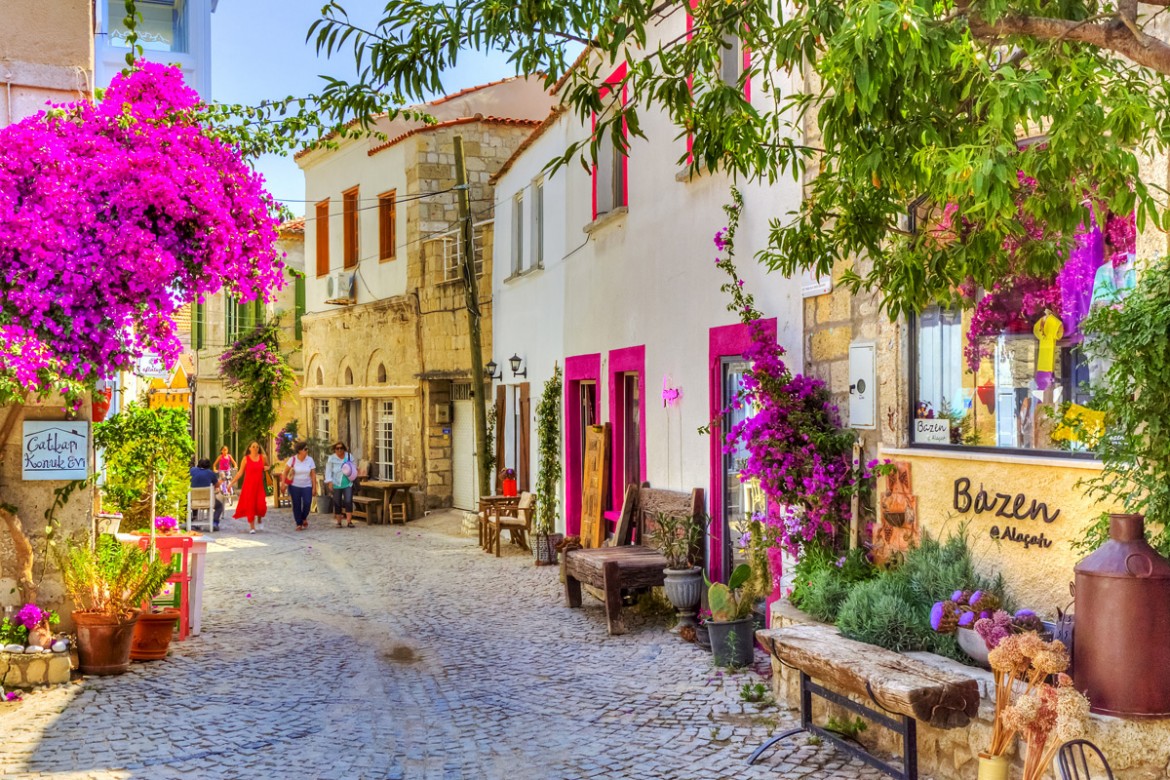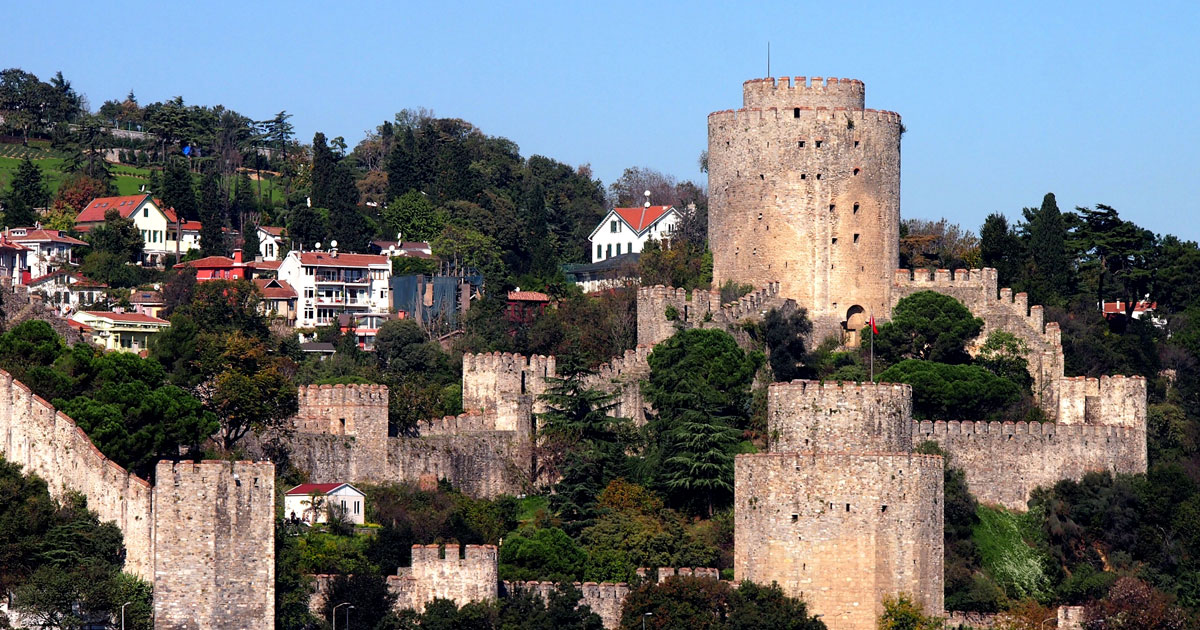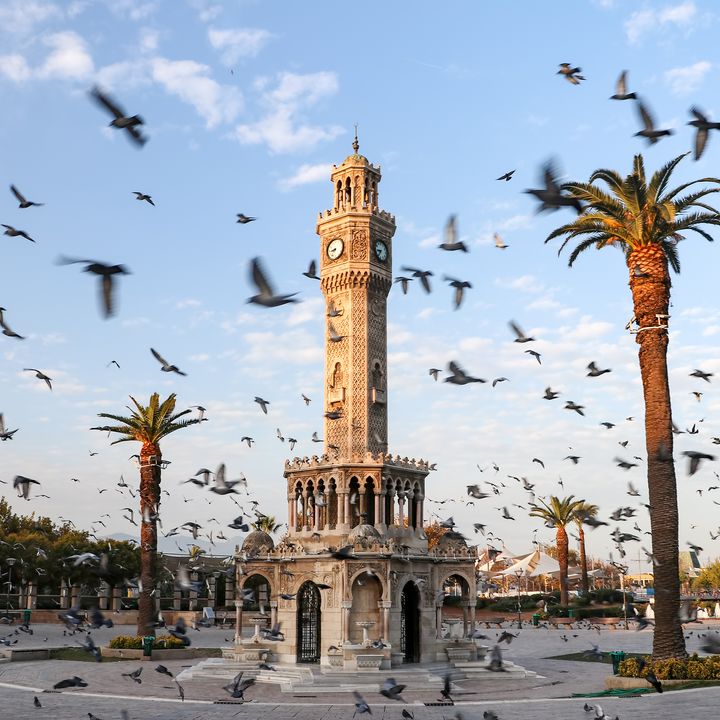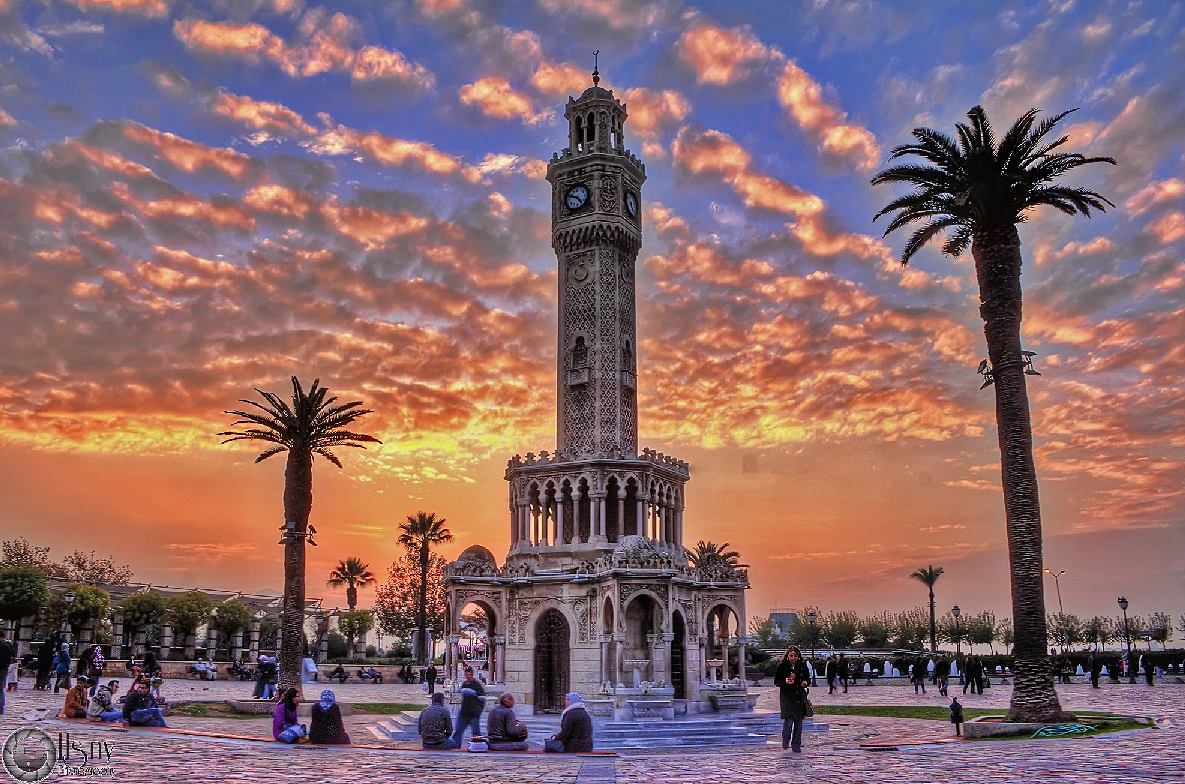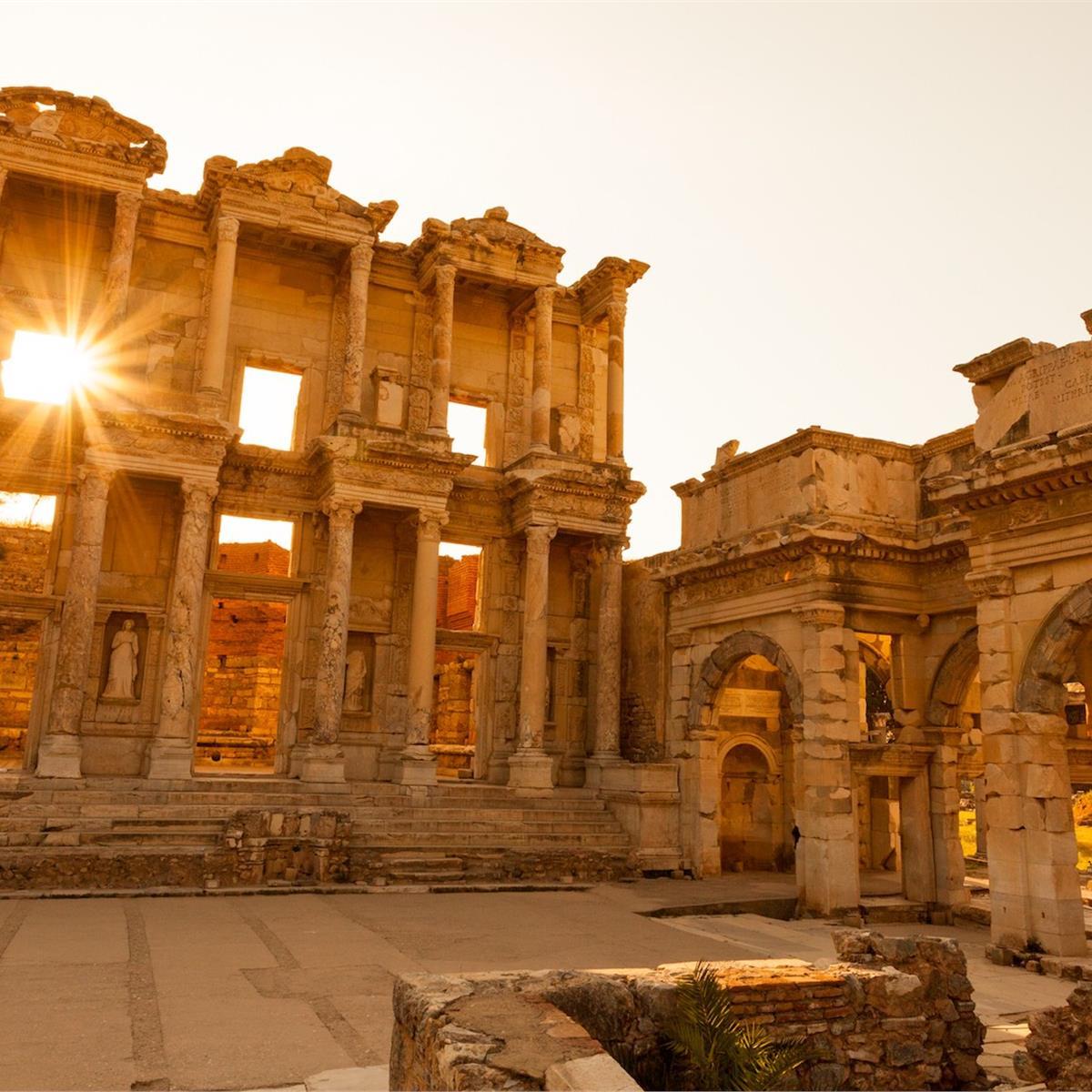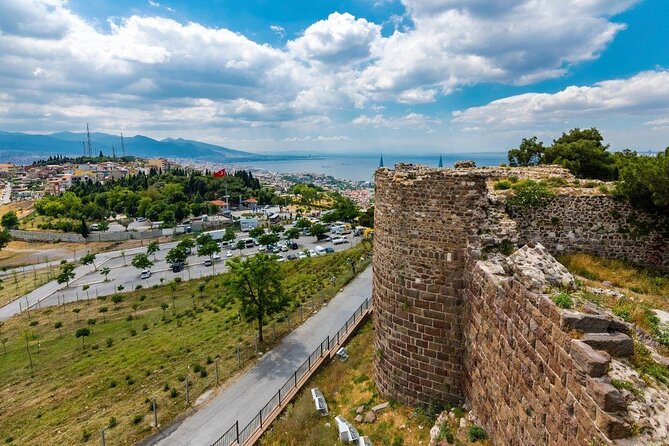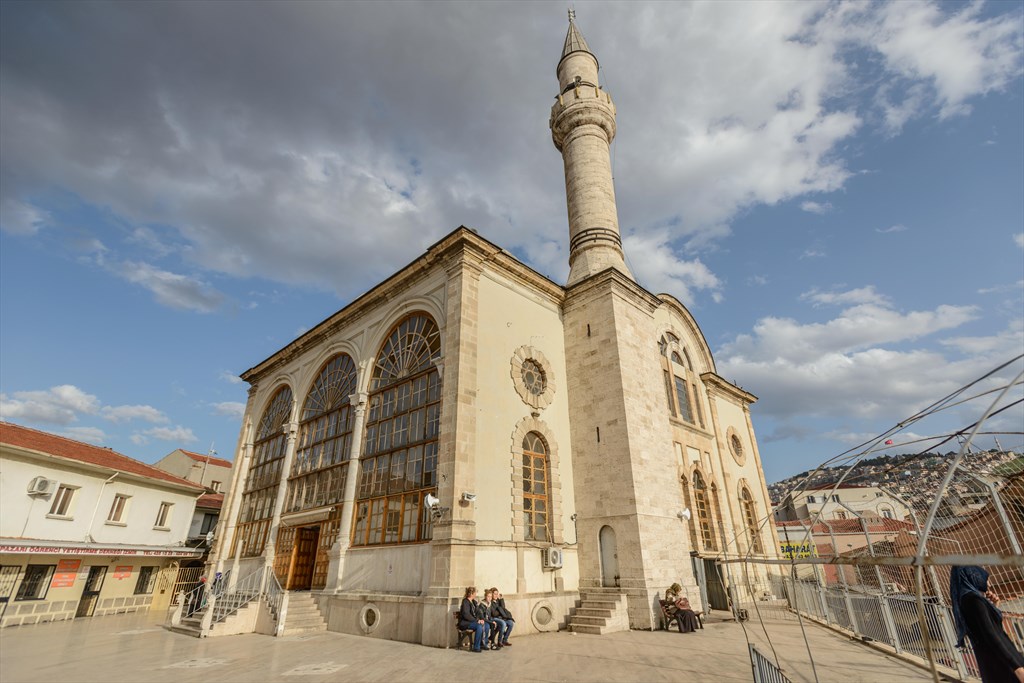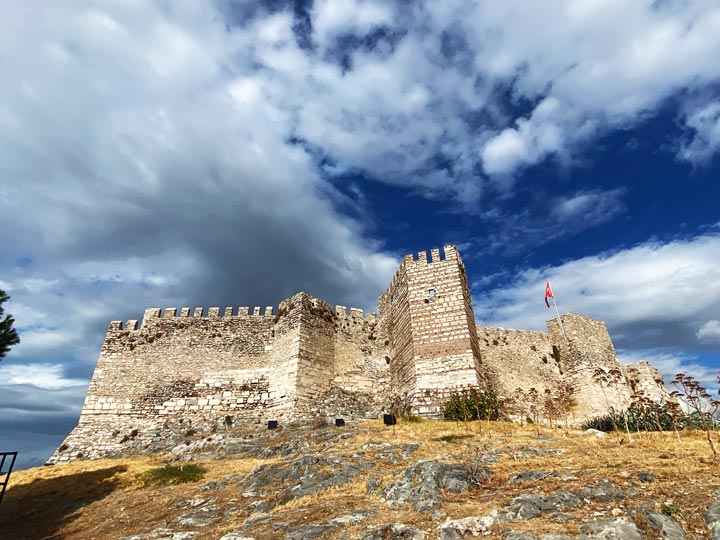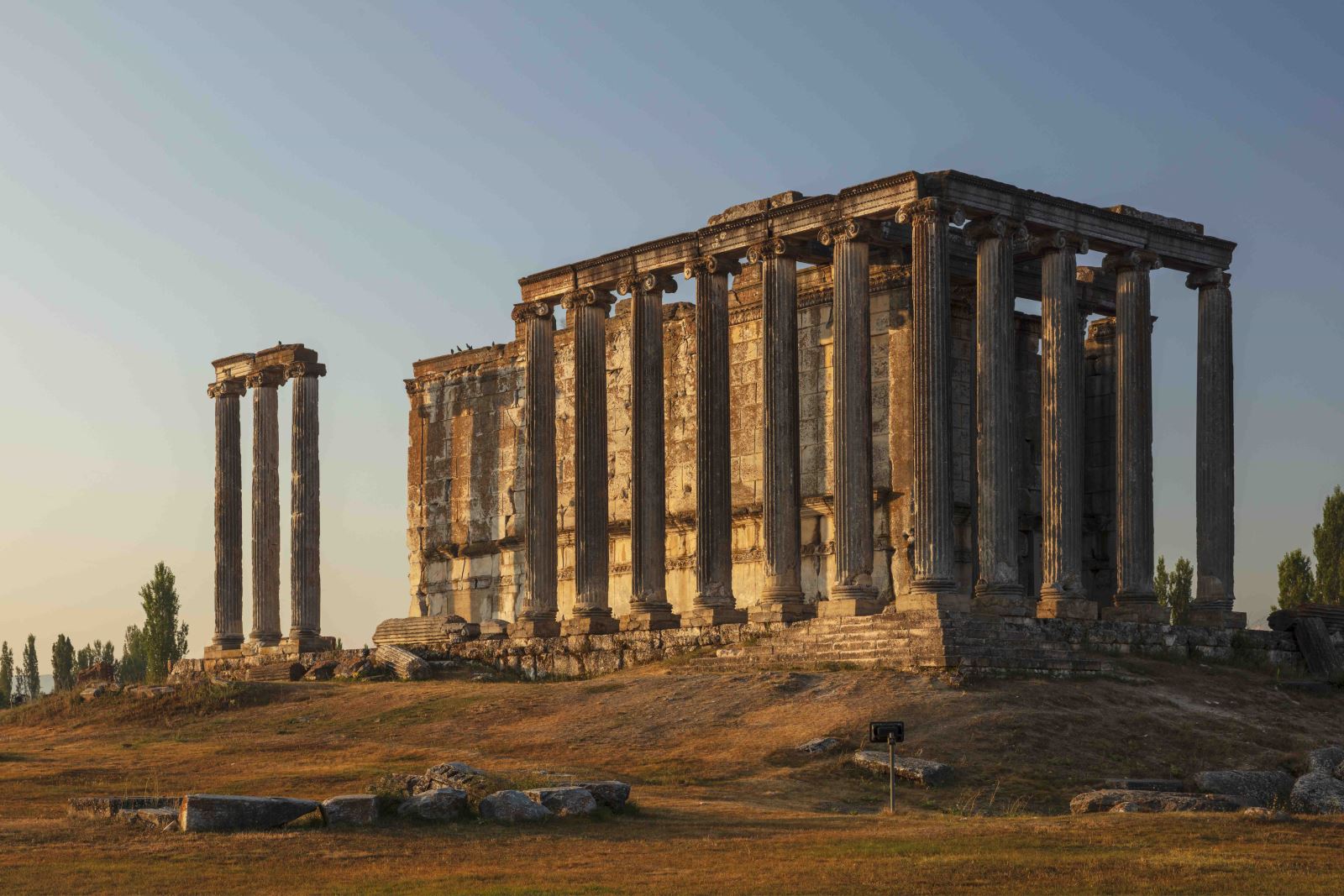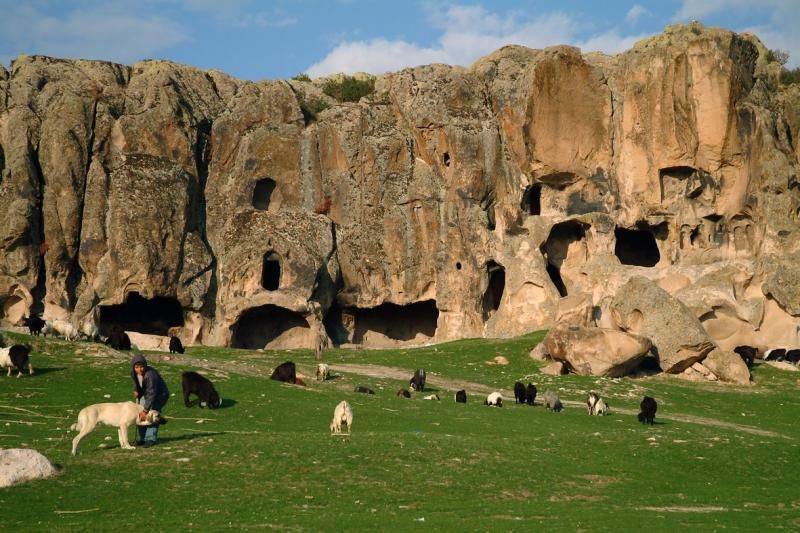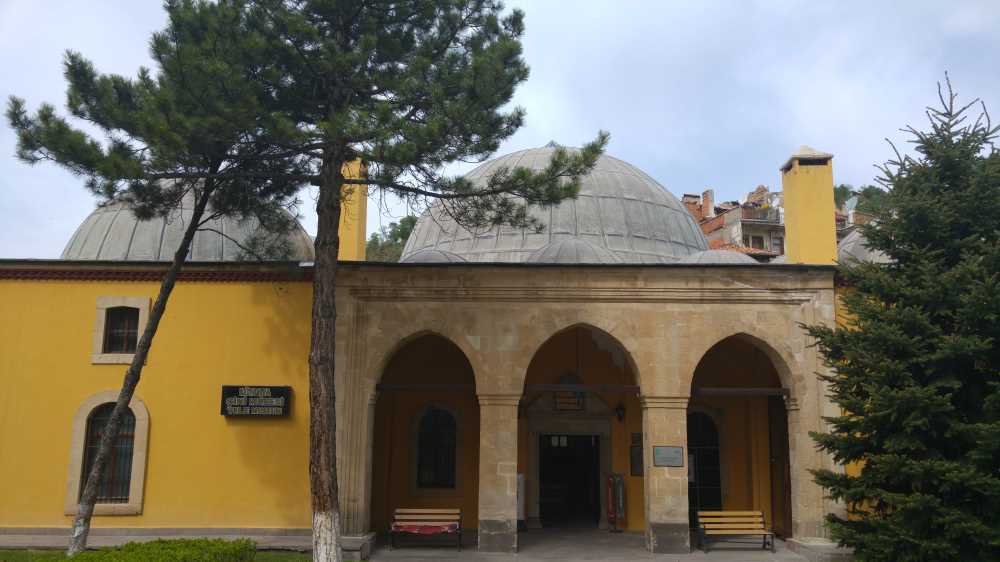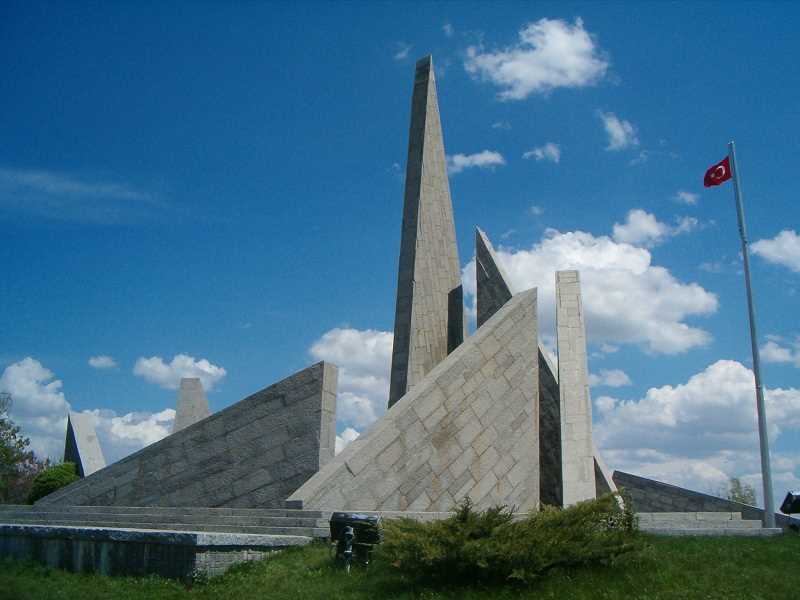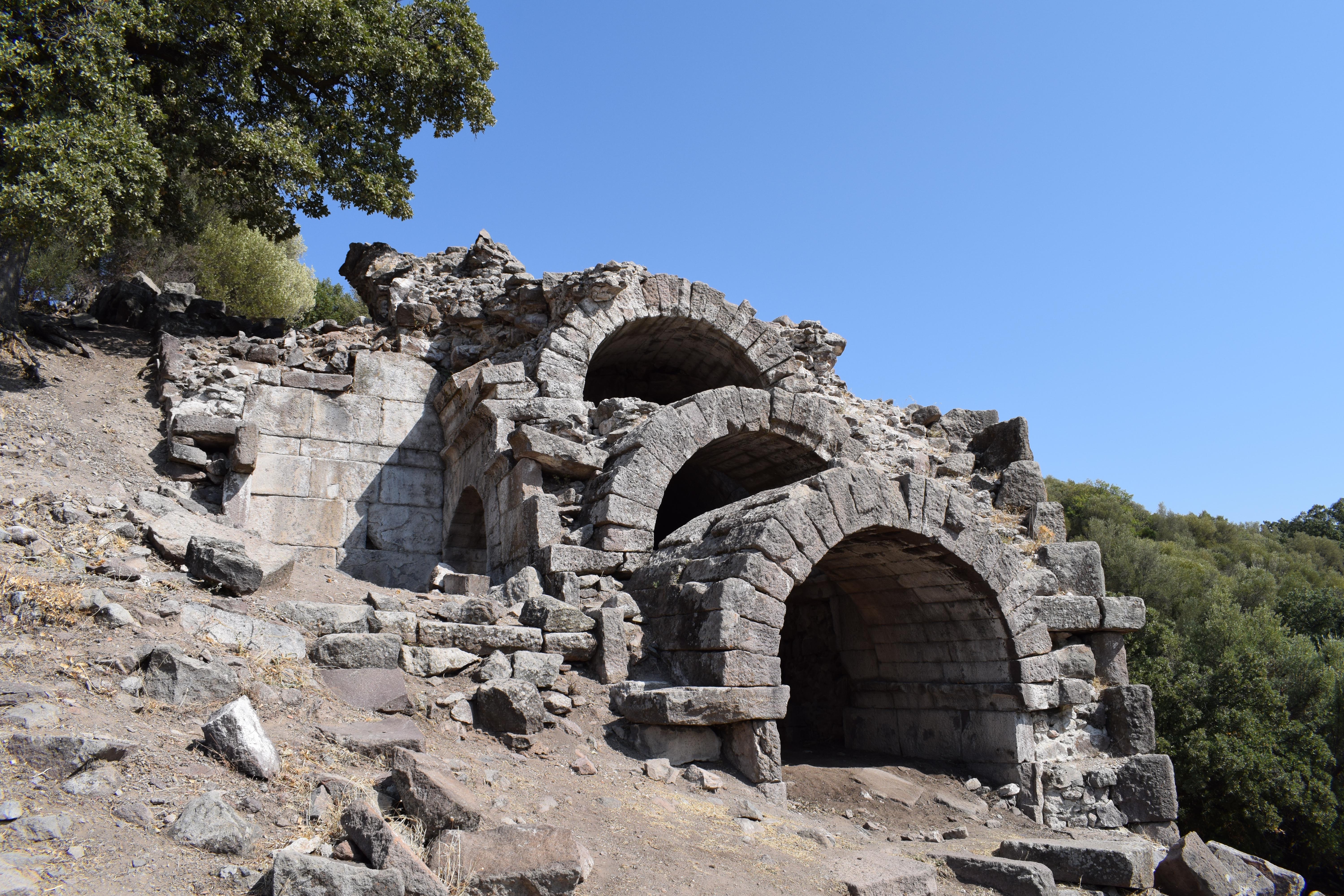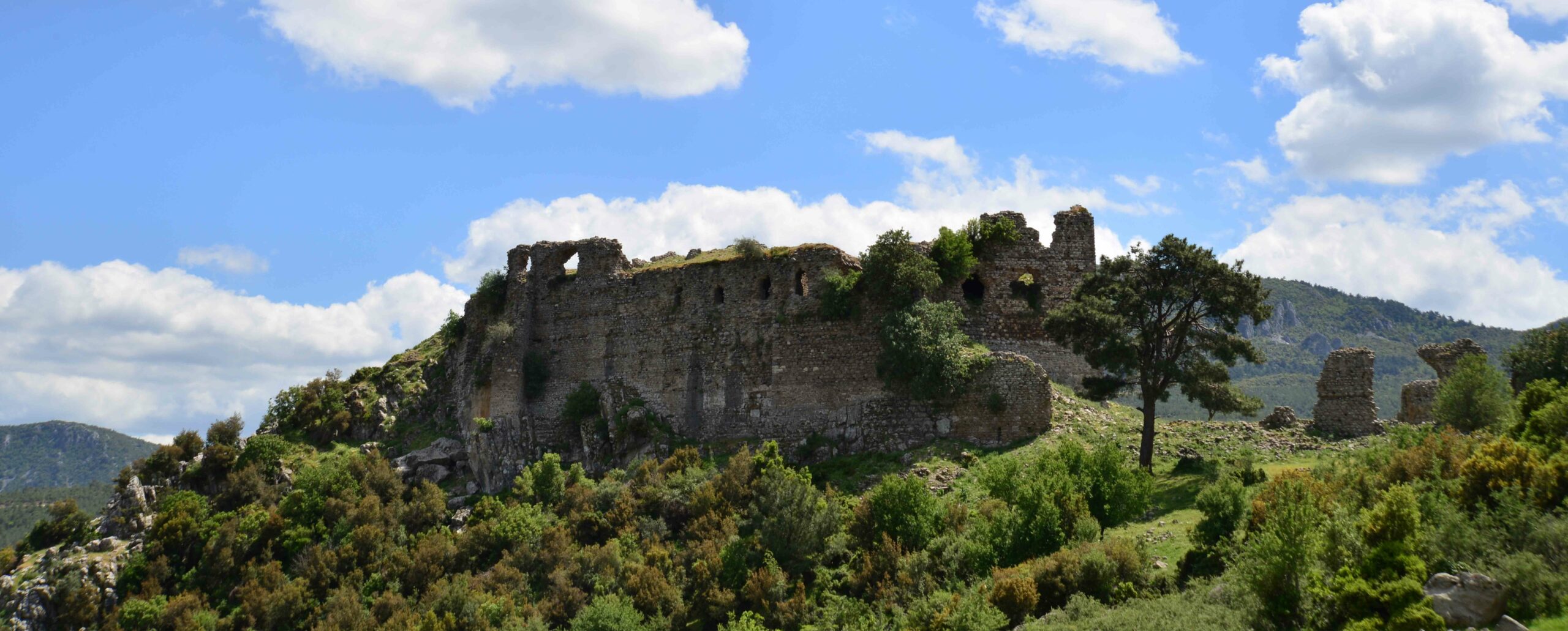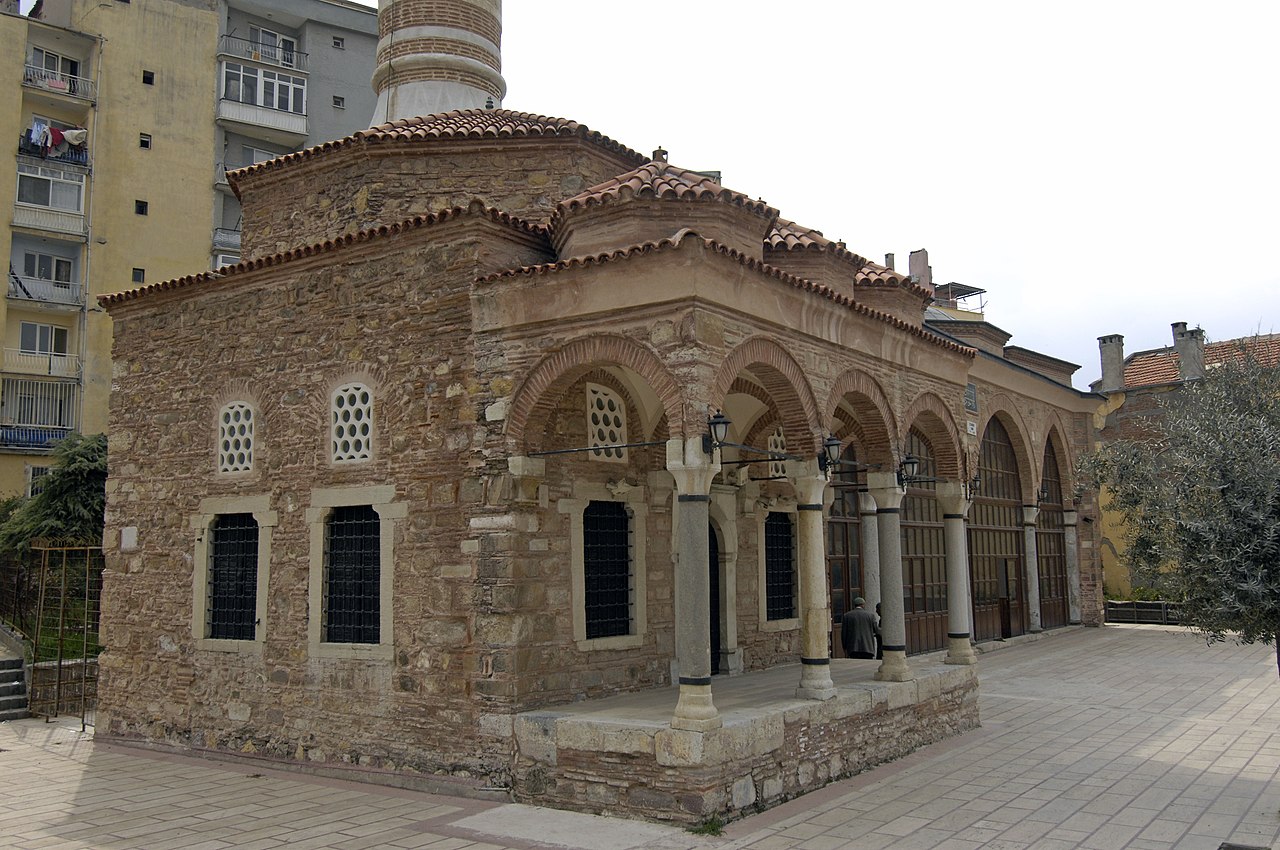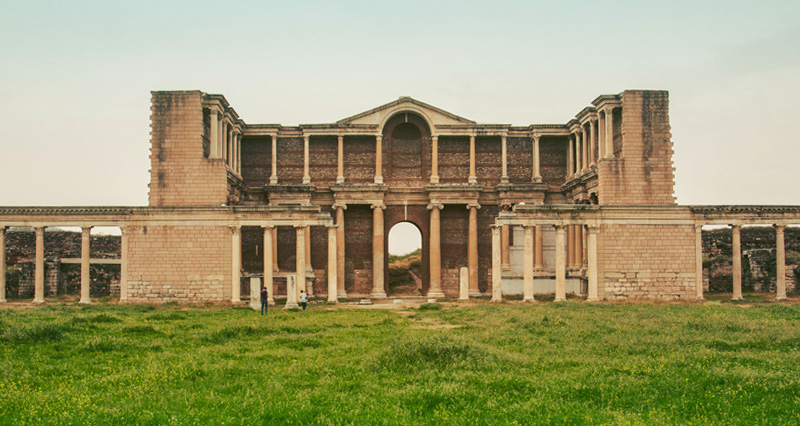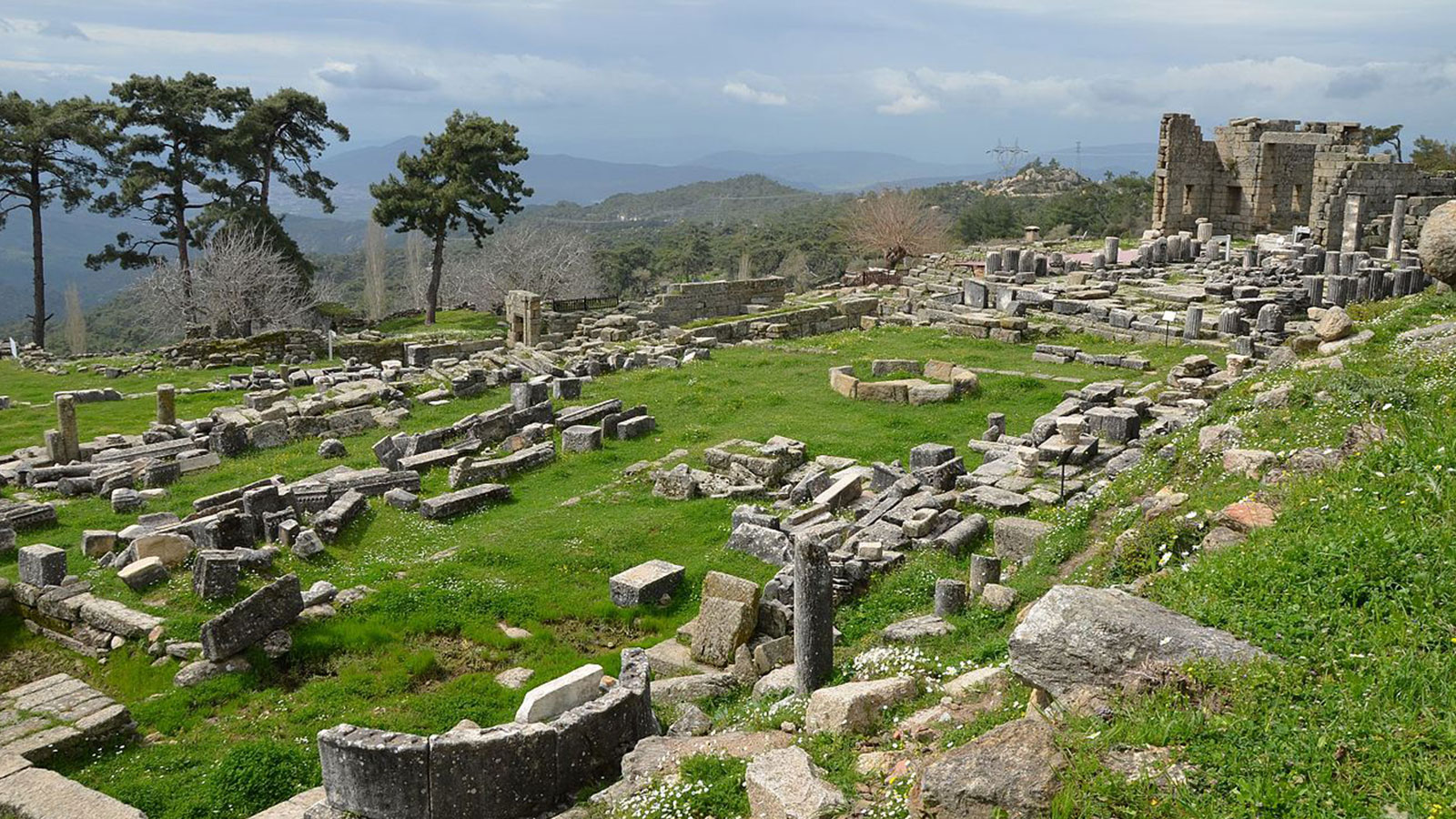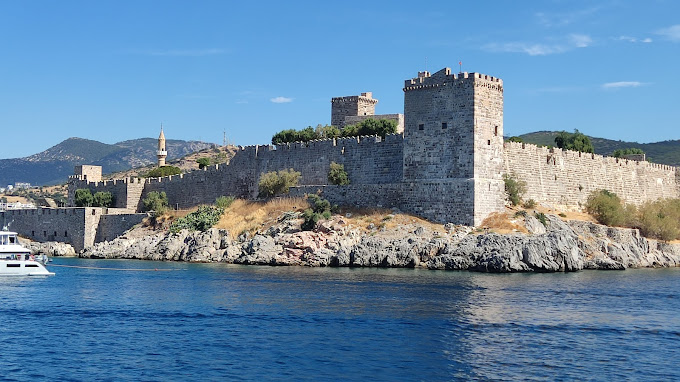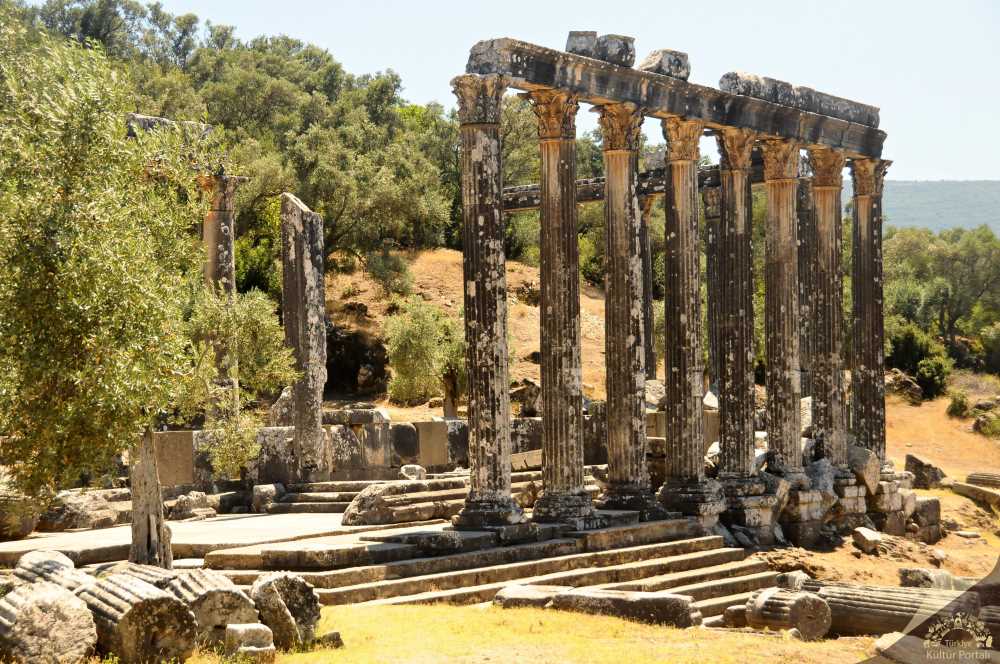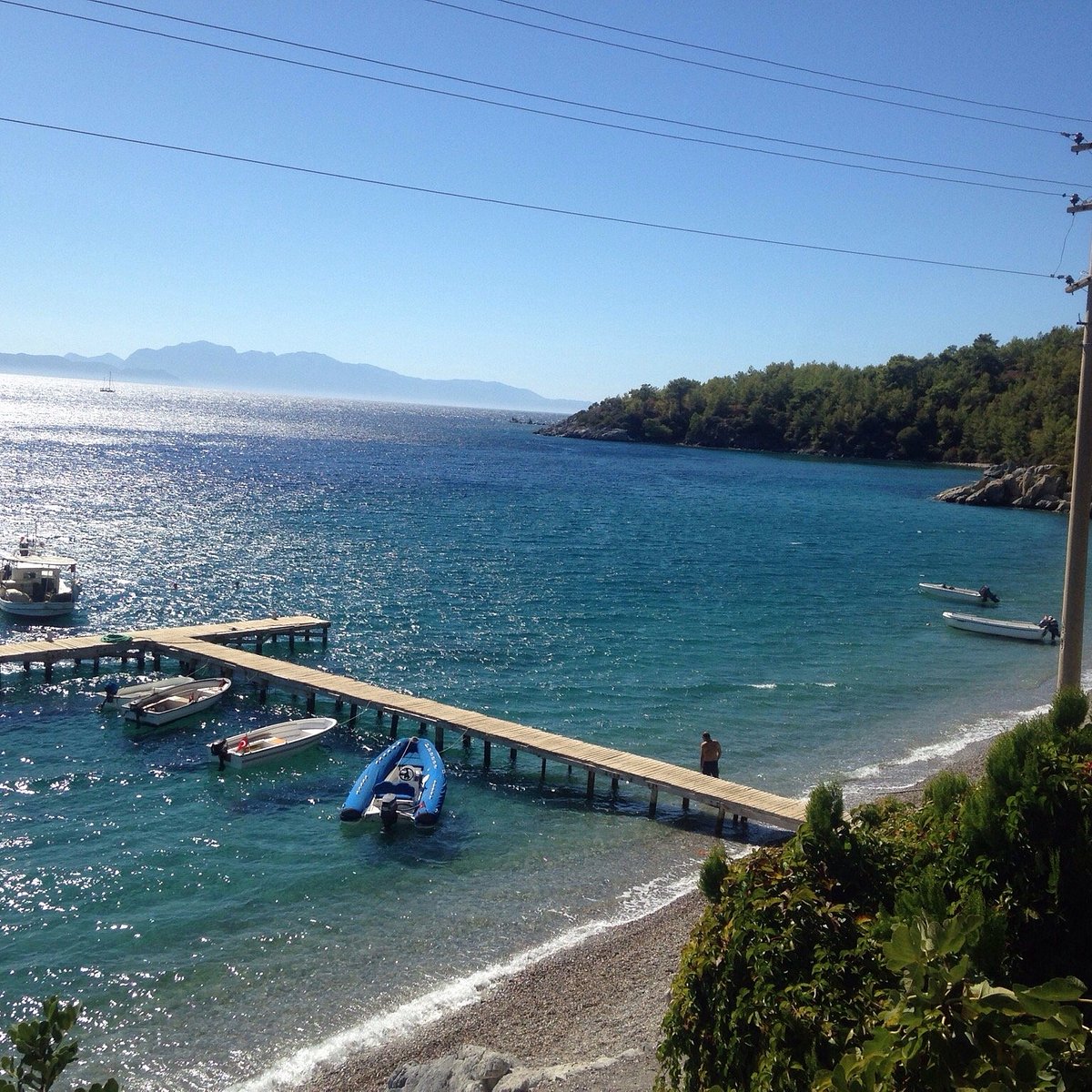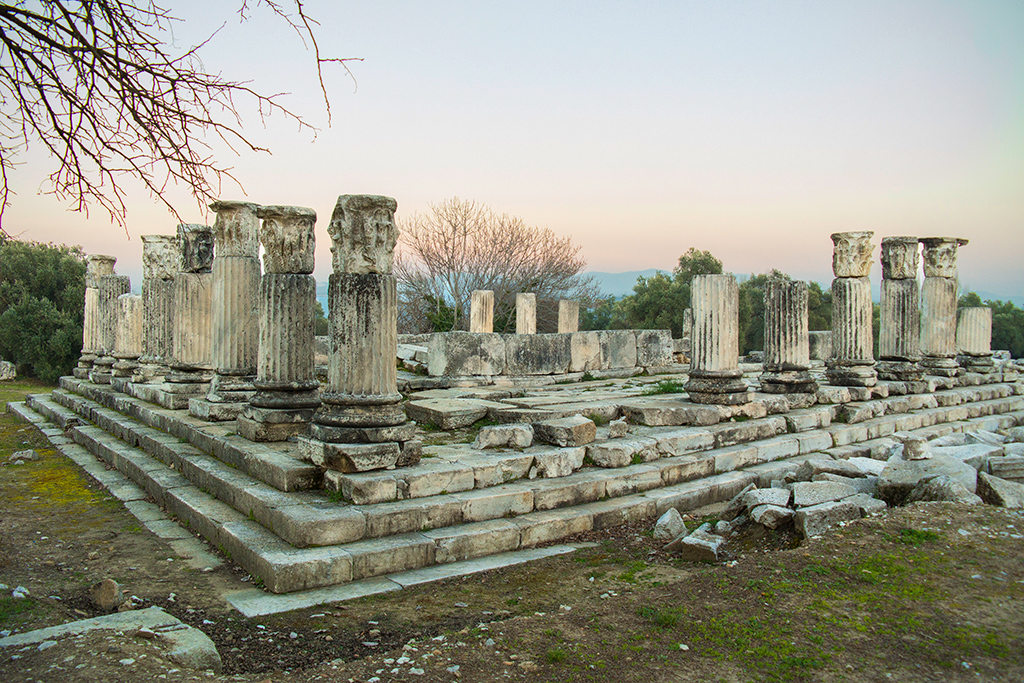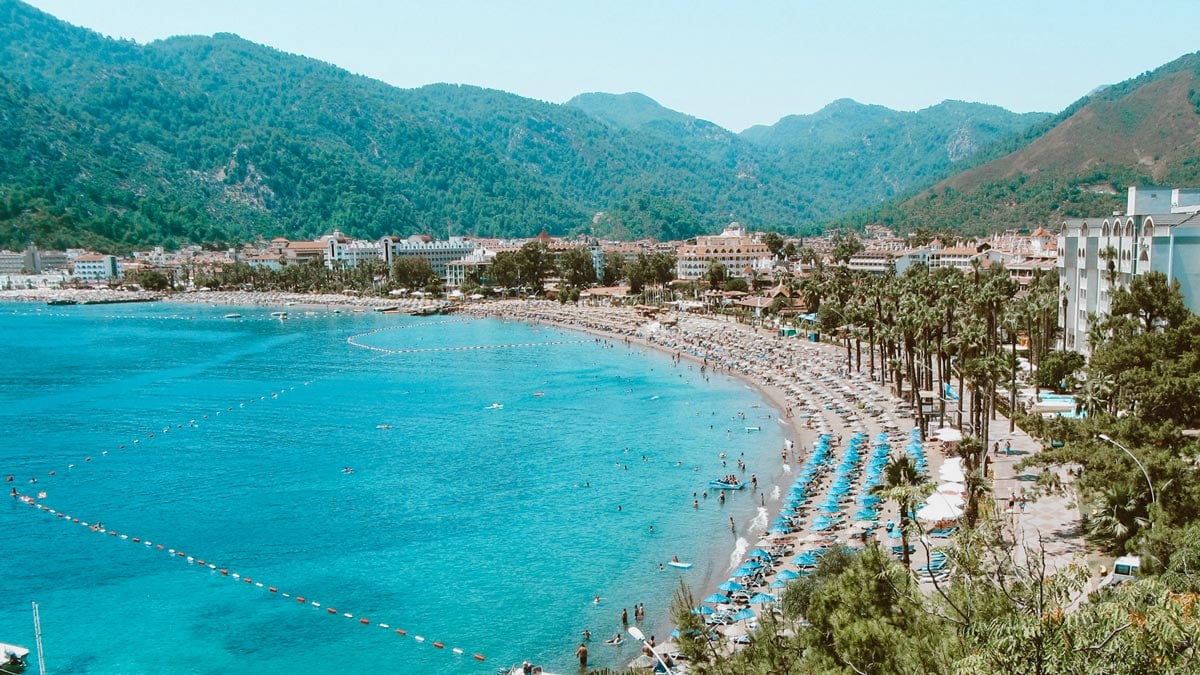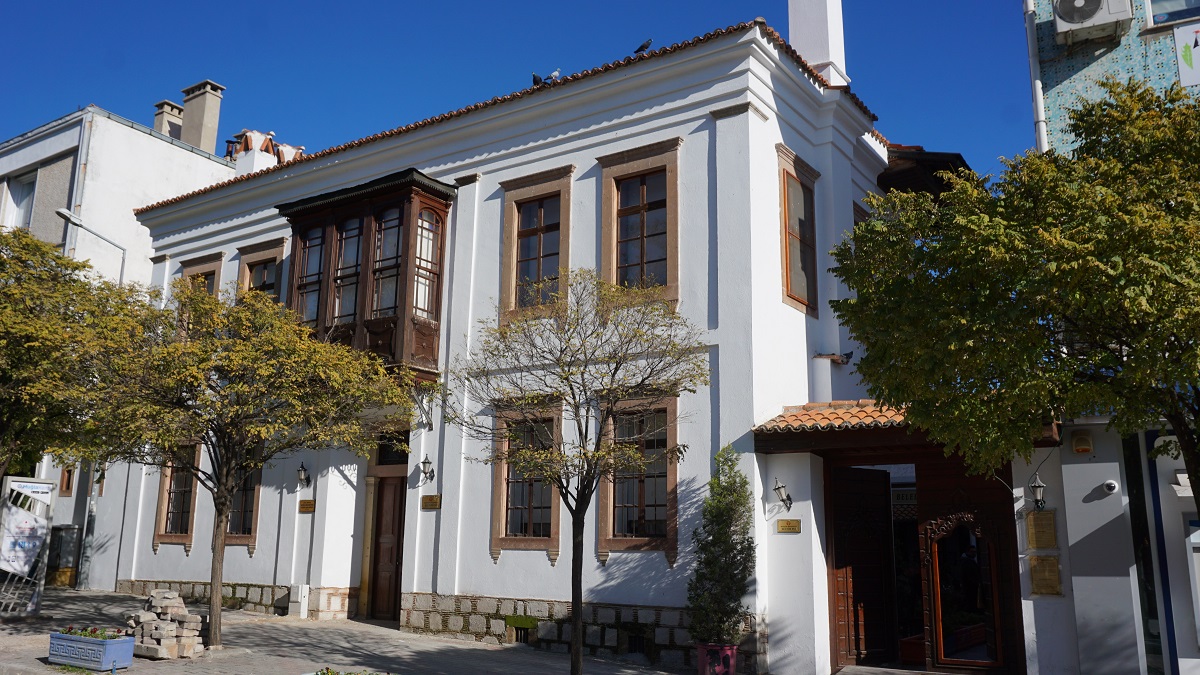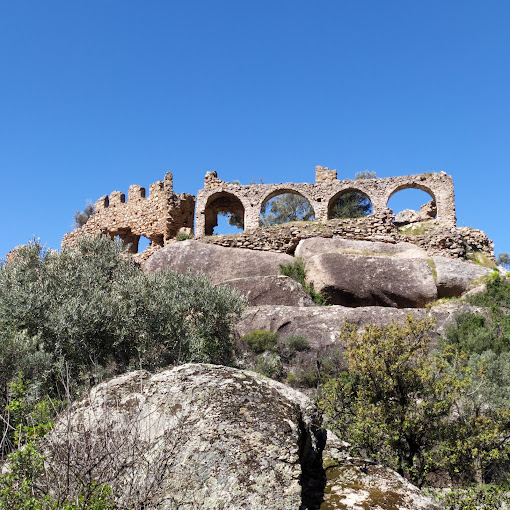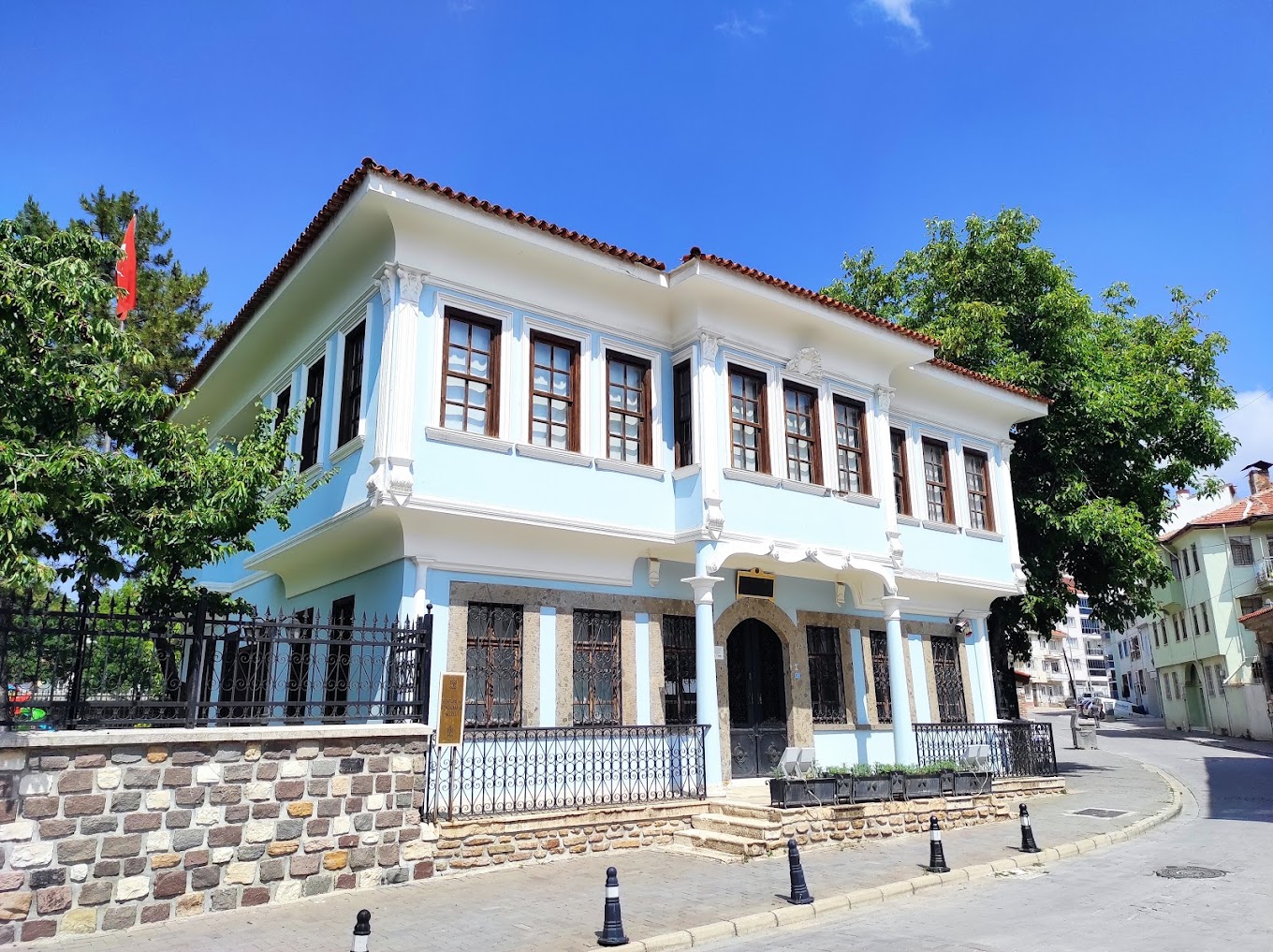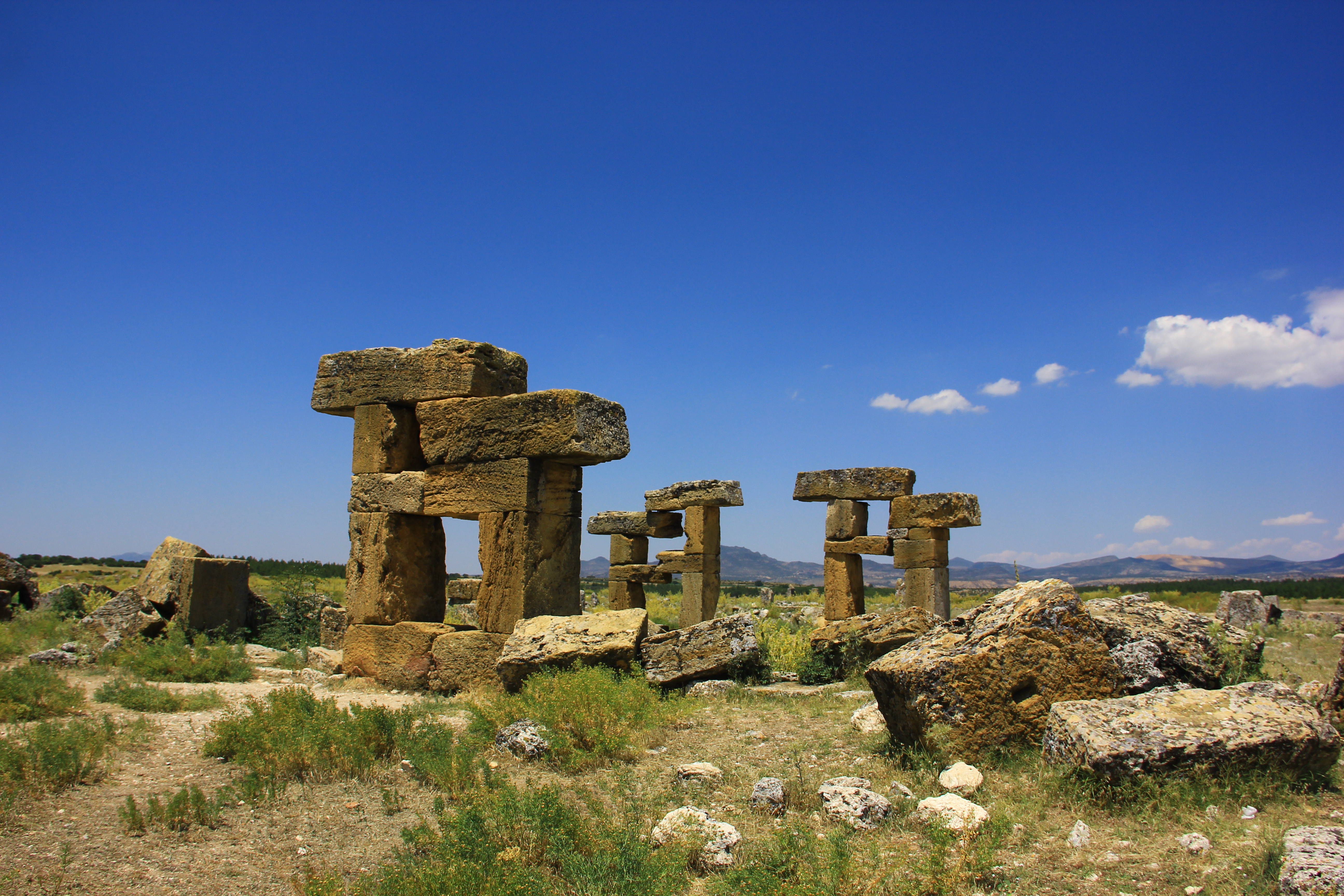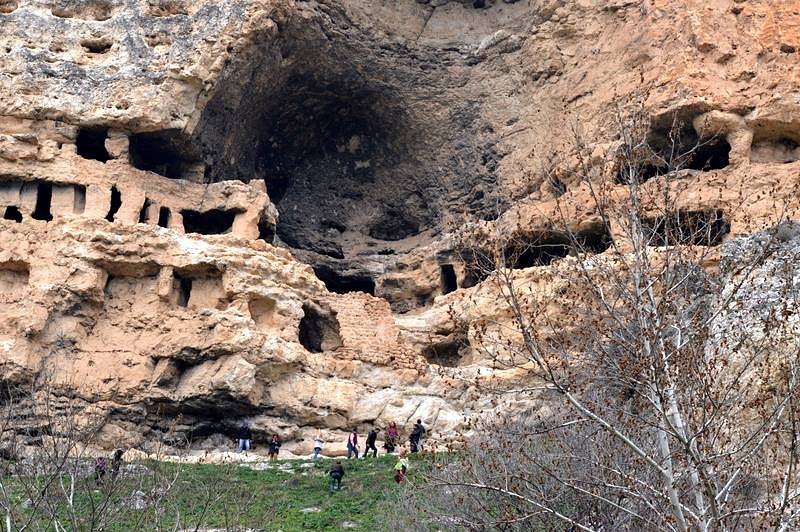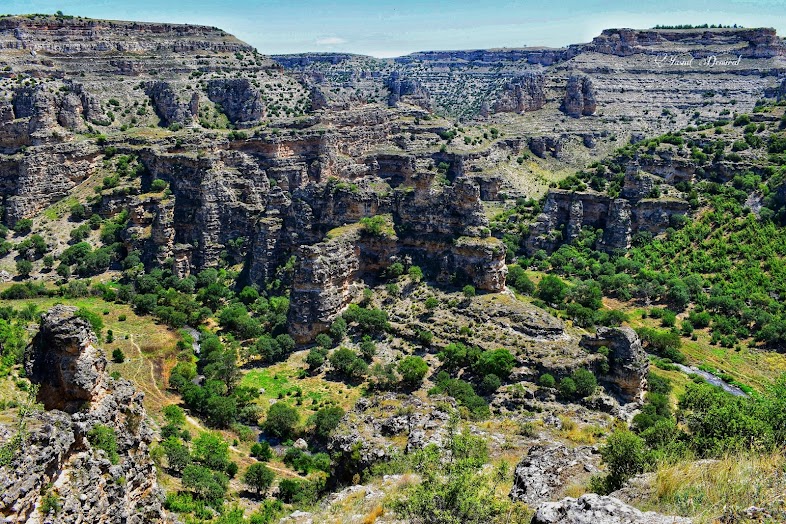Seyitömer Mound
It is an old settlement with an oval shape, measuring 150x140 meters and 24 meters high. The top of the mound is a flat area of about 2000 square meters. The north of the mound is quite steep, the south is flat. In order to make the 12 million tons of coal reserves under the mound usable, the excavations, which started in 1989, were suspended for a while, and excavations were resumed in 2006 by the Dumlupınar University Archeology Department. Excavations are still continuing.
The first settlement identified in the mound starts from the Old Bronze Age. This settlement, which is understood to be on the side of the stream, is surrounded by walls. The mound became a center for pottery made by using molds instead of hand-made pottery during the Early Bronze Age. It was determined that the mound was surrounded by walls during the Hittite Period. There are buildings with single and double horseshoe shaped hearths within the city walls. In the upper phase of this period, the remains of workshop furnaces working with iron and iron ingots were found. During the Phrygian Period, the mound was surrounded by thick and high fortification walls, and in the last periods a long staircase was built on the northern slope of the mound, and a large structure with stepped terrace walls was built on the west.
Classical and Hellenistic structures on the upper plain of the mound were completely excavated. The mound was surrounded by thick fortifications reinforced with towers during this period as well. The buildings are adjacent to each other with large square and rectangular flat or herringbone under glaze stone walls. It is understood from the foundations and finds that there was a temple structure on the top of the mound during the Roman Period. Since the Old Bronze Age, the inhabitants of Seyitömer have been engaged in hunting and agriculture, raising small cattle, and engaged in industrial production such as weaving, pottery, and mineral processing. The inhabitants of the mound worshiped the mother goddess since the Old Bronze Age, and worshiped the father God Zeus during the Roman Period. Figures, idols and animal sculptures related to these have been found in abundance.
Potsherds, spindle whorls, slingshot, crucible, flint and horn cutting tools, bone ring, stone finds, Athena portrait, bronze coins and glass beads were found during the excavations from the Roman and Hellenistic periods. During the archaeological excavations carried out in the new period, the existence of cultural layers belonging to the Hellenistic, Roman, Phrygian and Bronze periods were determined.





